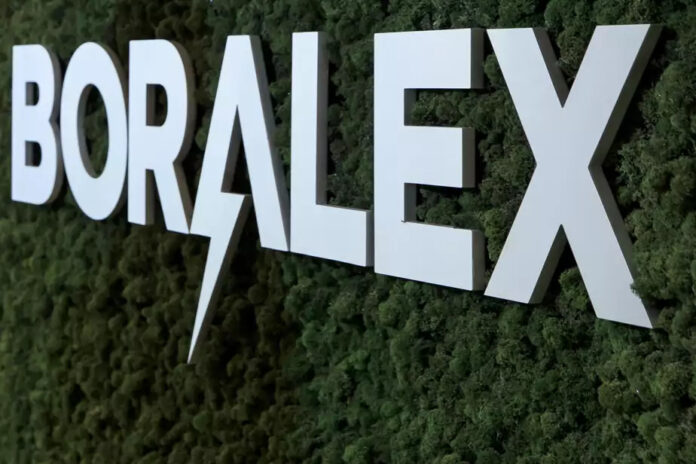Renewable energy producer Boralex is making a breakthrough in the energy storage market. The Quebec company won a call for tenders in Ontario for two battery storage facilities, for a total capacity of 380 megawatts (MW).
For the company, which wants to become “a major player” in storage, it’s “a victory”, according to the senior vice-president and general manager, North America, Hugues Girardin, in an interview on Wednesday.
“We already have a 1 MW project in France, which has been in operation for a few years. […] This time, we are really talking about an important entry. A 380 MW project is relatively large. It’s going to be one of the big projects in North America. »
In the longer term, Boralex is targeting a portfolio of storage projects of 1,000 MW by 2030. “With these two projects, we are in line with our strategic plan, perhaps even a little ahead,” adds he.
The Quebec company is making this first Canadian breakthrough in Ontario. The province is developing the storage sector before Quebec, because nuclear energy, an important part of Ontario’s energy mix, does not offer the same flexibility as that provided by Hydro-Québec reservoirs.
“Quebec is probably able to wait before acquiring storage capacity, judge Mr. Girardin. I think we’re going to see that kind of need appear. There is probably a lag of a few years. »
Ontario could bring other outlets for Boralex. Ontario’s Independent Electricity System Operator (IESO) wants to secure 2.5 gigawatt hours (GWh) of storage capacity by 2027. “Boralex may have other opportunities to propose projects,” believes analyst Rupert Merer of National Bank Financial.
Mr. Girardin replied that Boralex is working on other projects in these different markets, but he did not want to give more details.
The IESO has retained Boralex for two projects in Hagersville and Tilbury, Ontario. Commissioning is scheduled for the end of 2025.
Both projects could result in spinoffs of between 50 cents and $1 per share, Merer estimates.
With this 380 MW, the Quebec company won all the proposals it submitted in the context of a round of calls for tenders of 780 MW. The Alberta company Capital Power won the other tenders.
Boralex expects the project to require investments of between $700 million and $900 million. Both yards are expected to qualify for a 30% federal tax credit for clean energy generation, transmission and storage. “A priori, yes, says Mr. Girardin. It should be noted, however, that the final details have not yet been communicated. There is a good chance that this is the case. »
Costs and returns will be shared with its Aboriginal partners. Boralex is associated with the Six Nations of the Grand River for the Hagersville site and with the First Nation of Walpole Island for the Tilbury site.
Analyst Brent Stadler of Desjardins Capital Markets believes the company has the financial leeway to make its investments. On the other hand, he points out that the potential for projects is “huge” and that the company could decide to raise capital at some point. “For this reason, even though we emphasize the presence of financial flexibility, it is possible that the company is considering raising capital strategically. »
Boralex has cash of nearly $400 million and can count on annual cash flows of $160 million to $170 million, said Vice President of Investor Relations Stéphane Milot. Generally, Boralex projects are 75% financed by project-related debt and the remainder is financed by equity.
The company has enough room for maneuver in 2023, agrees Mr. Milot. “Now it all depends on the timing of disbursements, it’s a little early to say for sure if we’re going to need capital in 2024 or 2025.”
Boralex shares lost 17 cents, or 0.43%, to $38.95 on the Toronto Stock Exchange in the afternoon.















